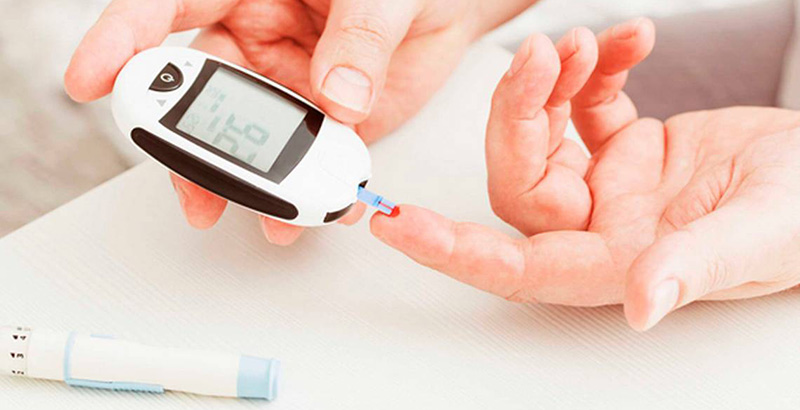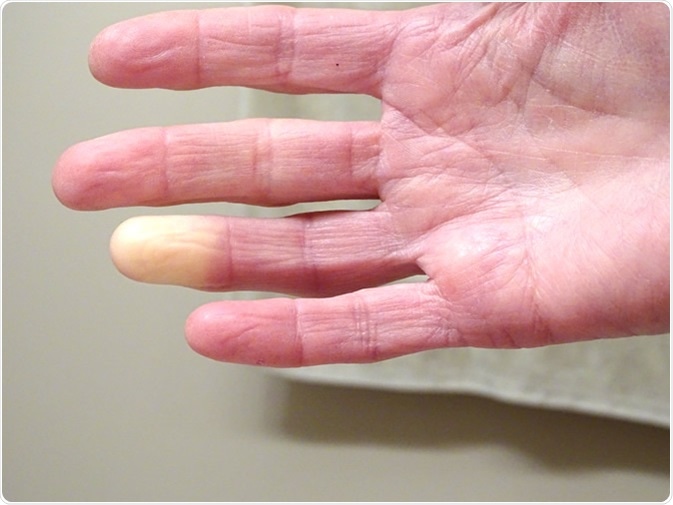If you don’t already know Fitenium is a free, mobile, video-based social network for athletes who train strength or bodyweight exercises. At Fitenium users can follow their performance, compete and get discounts in nutrition and sports equipment stores. Download it here.
Diabetes mellitus is a common disease and is associated with lifestyles that do not exercise when they eat a lot of sugar. I will explain the singular form of diabetes, but there are actually several types of diabetes known as type 1 and type 2. Know the difference.
What is the diabetes?
Diabetes is a metabolic disorder characterized by excessively high blood sugar levels as a result of a lack or insufficiency of insulin in the body.
However, the cause of this disease is not always the same, from which different types of diabetes are classified.
Diabetes type 1
Type 1 diabetes has an intrinsic cause. The body’s immune system destroys the cells in the pancreas that are responsible for producing insulin. This means that its presence in the body is null and patients must introduce it in another way, either by injection or by medication. It appears young and requires lifelong treatment.

Type 2 diabetes
Type 2 diabetes, which is found in people who used to have a fully functioning pancreas, but are increasingly suffering from problems with insulin production, mainly due to various factors such as obesity and an unhealthy lifestyle. Initial treatment usually consists of diet changes and exercise, but if the problem persists, oral medications should be taken first, followed by insulin injections if the disease progresses.
Other differences between them
The main way to distinguish both types of diabetes lies in its cause, but there are other different factors.
Age of onset: Type 1 diabetes is usually diagnosed before the age of 30, while type 2 diabetes usually starts after the age of 40.
Onset of symptoms: Type 1 diabetes manifests itself very quickly, because the body cannot produce insulin or because it has a very limited capacity. The symptoms are gradual because the body gradually loses its ability to make fully functional insulin.
Body type: People with type 1 diabetes generally have a slim body type, but there is weight loss due to this condition. Conversely, people with type 2 diabetes often become obese because they are overweight or have particularly wide waists.

Published on Unsplash by Emily Sea
Why does diabetes arise?
There are several possibilities
Genetic origin: due to some genetic mutation, the immune system attacks the cells that should produce insulin.
External origin: An unhealthy lifestyle affects the body’s ability to produce insulin.
Other types of diabetes
Types 1 and 2 account for almost 100% of diabetes cases, but there are other very rare types of diabetes.
Gestational diabetes
Gestational diabetes is diabetes that affects pregnant women who have never had problems with insulin and glucose levels. Some women may need medication, but it can usually be controlled with diet and moderate exercise.
Although disappearing at the end of the pregnancy is a temporary problem, it is important to control it because it can cause problems for the fetus and the mother. On the other hand, too much glucose in the blood can overfeed your baby and cause your baby to grow too large, which can cause problems during delivery.
On the other hand, diabetes increases the risk of high blood pressure. This is called preeclampsia during pregnancy, and it can be harmful to your baby and mother. Preterm labor and cardiovascular accident.
Mody type diabetes
It is a type of diabetes of genetic origin in which changes in the pancreas affect the production of insulin. In this case, insulin secretion is affected, but the changes are not seriously affected.
What you need to know about diabetes
With the exception of gestational diabetes and Mody type diabetes, diabetes is a serious, chronic disease that causes serious damage to many organs of the body due to excess glucose in the blood and possible damage to blood vessels. Possible blood and nerves: problems with the retina, kidneys, cardiovascular system, brain.
With a current focus on type 2 diabetes and no one is safe from developing diabetes, it’s important to follow healthy living guidelines to reduce that risk. Today, diabetes and obesity are two diseases on the rise that fuel an unhealthy and sedentary lifestyle.
diabetes treatment
There is no cure for diabetes, but there are treatments that must be followed regularly to prevent this damage. It is important to always comply with medical indications.
While every case is different and you should always follow expert recommendations, there are some lifestyle changes that help diabetics manage their disease. These changes begin with exercise that slows the progression of the disease, and after a careful diet focused on reducing carbohydrates.



